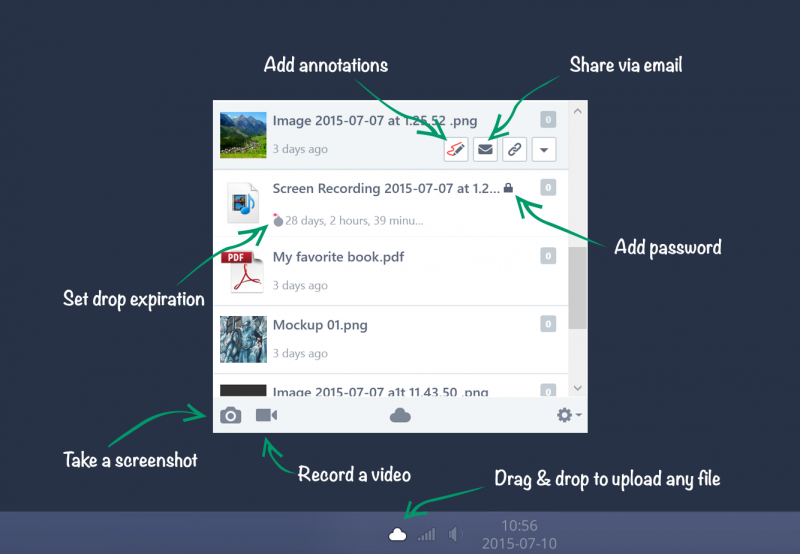

Then, you must provide a canonical host name, which is your application's domain in this case.įor example, the following CNAME record forwards all traffic from to, the custom domain name of your deployed application: Alias/Host name/SubdomainĪ visitor of will never see the true host You must also provide the domain or subdomain alias for the CNAME, such as If you want to create an alias for the root domain, it may be listed as the ' symbol in your registrar's DNS tools. You should look for the words CNAME, Alias, or Subdomains. You may have to select the record type from a drop down, or go to an advanced settings page. Now find where you can select or enter CNAME's. Look for links or areas of the site labeled as Domain Name, DNS, or Name Server Management. Log on to your DNS registrar's website and go to the page for managing DNS. Save the domain name used in the URL returned by either method, as you will need it when creating a CNAME record.
CLOUDAPP CRUNCHBASE INSTALL
Install and configure Azure PowerShell, and then use the following command: Get-AzureDeployment -ServiceName yourservicename | Select Url Login to the Azure portal, select your cloud service, look at the Overview section and then find the Site URL entry.

domain name assigned to your cloud service. Each registrar has a similar but slightly different method of specifying a CNAME record, but the concepts are the same. To create a CNAME record, you must add a new entry in the DNS table for your custom domain by using the tools provided by your registrar.

Add a CNAME record for your custom domain
CLOUDAPP CRUNCHBASE HOW TO
For more information on performing these actions, see How to manage cloud services.
CLOUDAPP CRUNCHBASE UPGRADE
The IP address used by your Cloud Service is allocated the first time you deploy to an empty slot (either production or staging.) If you delete the deployment for the slot, the IP address is released by Azure and any future deployments to the slot may be given a new IP address.Ĭonveniently, the IP address of a given deployment slot (production or staging) is persisted when swapping between staging and production deployments or performing an in-place upgrade of an existing deployment. Since an A record is mapped to a static IP address, it cannot automatically resolve changes to the IP address of your Cloud Service. service automatically, so if the IP address of the cloud service changes, you do not have to take any action. The CNAME entry will resolve to the IP address of your. Once created, the CNAME creates an alias for the. domain name of your Azure hosted application. In this case, the canonical domain name is the. CNAME or Alias recordĪ CNAME record maps a specific domain, such as or to a canonical domain name. There are also some specific considerations when using A records with Azure Cloud services that you should consider before deciding which to use. Understand CNAME and A recordsĬNAME (or alias records) and A records both allow you to associate a domain name with a specific server (or service in this case,) however they work differently. Get going faster-use the NEW Azure guided walkthrough! It makes associating a custom domain name AND securing communication (TLS) with Azure Cloud Services or Azure Websites a snap.


 0 kommentar(er)
0 kommentar(er)
